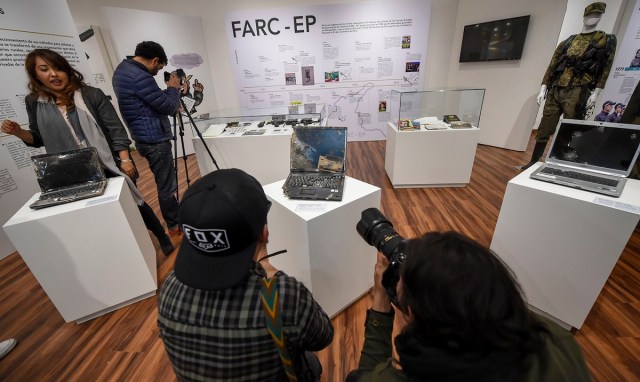
The museum was inaugurated within the framework of the 25th anniversary of the General Prosecutor’s Office and aims to bring to the public to objects seized in judicial processes in the country.
/ AFP PHOTO / Raul Arboleda
El uniforme del comandante de las FARC “Mono Jojoy”, muerto en un operativo en 2010, conversaciones entre narcos y hasta un teléfono incautado en la investigación del caso Odebrecht están exhibidos en el museo de la Fiscalía de Colombia, inaugurado el viernes pasado en Bogotá.
El museo fue inaugurado en el marco del 25 aniversario de la Fiscalía y tiene como fin acercar al público objetos incautados en procesos judiciales, entre los que también destacan una moto de agua del narcotraficante Pablo Escobar y tres ordenadores que pertenecían a las Fuerzas Armadas Revolucionarias de Colombia (FARC).
En total en el museo, que abrirá sus puertas al público el próximo 1 de agosto, hay unos 150 objetos dispuestos en seis salas dedicadas a la historia de la Fiscalía, el narcotráfico, las FARC, los paramilitares, la corrupción y el proceso 8.000, que sacudió en los años 1990 la política colombiana y que salpicó incluso al entonces presidente Ernesto Samper quien fue señalado de recibir dinero proveniente del tráfico de drogas.
Un maletín lleno de cheques originales y cobrados por los implicados en la trama de corrupción del proceso 8.000 es el centro de la sala dedicada a ese caso, mientras que en la de las FARC destacan el uniforme de Jojoy y tres computadores recuperados en operaciones contra esa guerrilla.
Un objeto incautado recientemente y que ya se puede ver en la sala dedicada a la corrupción es el teléfono del exsenador Otto Bula, que sirvió a la Fiscalía para “esclarecer” algunos hechos relacionados con el escándalo de sobornos de la constructora brasileña Odebrecht, un caso por el que está detenido el dueño del dispositivo.
Igualmente hay audios de conversaciones interceptadas al jefe del extinto Cartel de Cali, Gilberto Rodríguez Orejuela, o archivos digitales de las FARC que fueron impresos para que la gente pudiera leer, como por ejemplo, los cuadros Excel en que esa guerrilla llevaba el balance de sus finanzas.
Muchos de los objetos tienen relación con el conflicto armado que ha afectado a Colombia por más de medio siglo y en el que han participado guerrillas, paramilitares y agentes estatales, dejando 260.000 muertos, 60.000 desaparecidos y 7,1 millones de desplazados.
Pero también con el auge en los años 1970 y 1980 de los cárteles de narcotráfico en este país, que aún es el primer productor de cocaína del mundo, según la ONU.
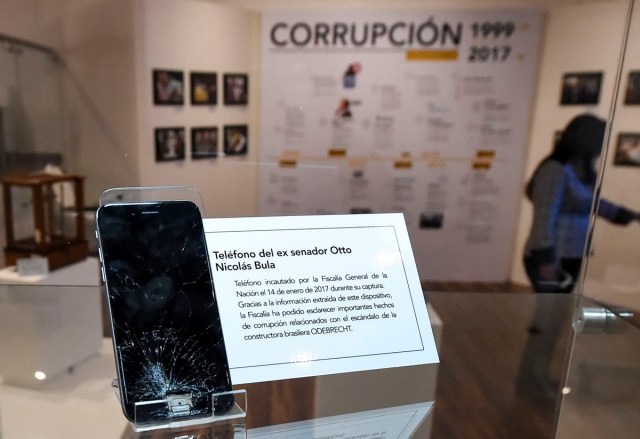
The museum was inaugurated within the framework of the 25th anniversary of the General Prosecutor’s Office and aims to bring to the public to objects seized in judicial processes in the country.
/ AFP PHOTO / Raul Arboleda

The museum was inaugurated within the framework of the 25th anniversary of the General Prosecutor’s Office and aims to bring to the public to objects seized in judicial processes in the country.
/ AFP PHOTO / Raul Arboleda
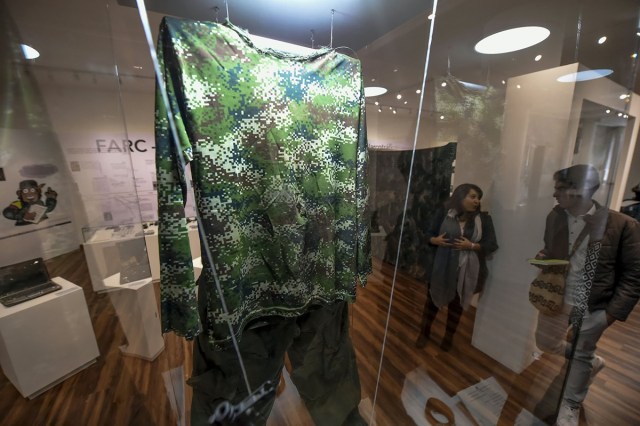
The museum was inaugurated within the framework of the 25th anniversary of the General Prosecutor’s Office and aims to bring to the public to objects seized in judicial processes in the country.
/ AFP PHOTO / Raul Arboleda
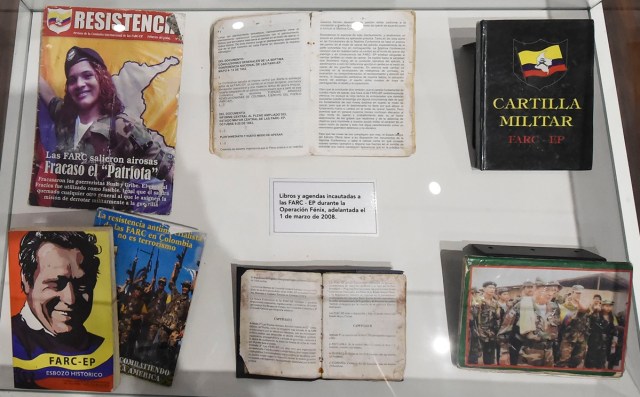
The museum was inaugurated within the framework of the 25th anniversary of the General Prosecutor’s Office and aims to bring to the public to objects seized in judicial processes in the country.
/ AFP PHOTO / Raul Arboleda
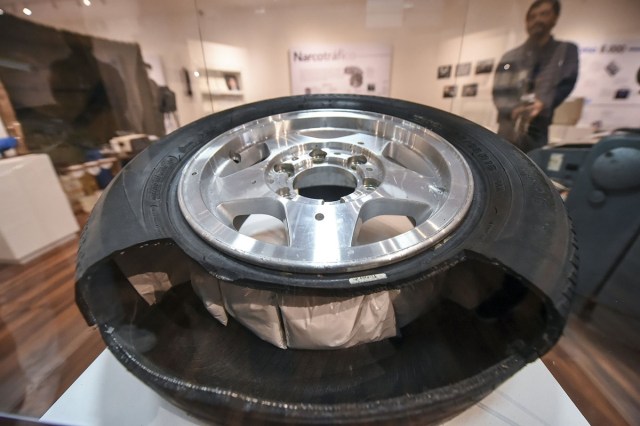
The museum was inaugurated within the framework of the 25th anniversary of the General Prosecutor’s Office and aims to bring to the public to objects seized in judicial processes in the country.
/ AFP PHOTO / Raul Arboleda
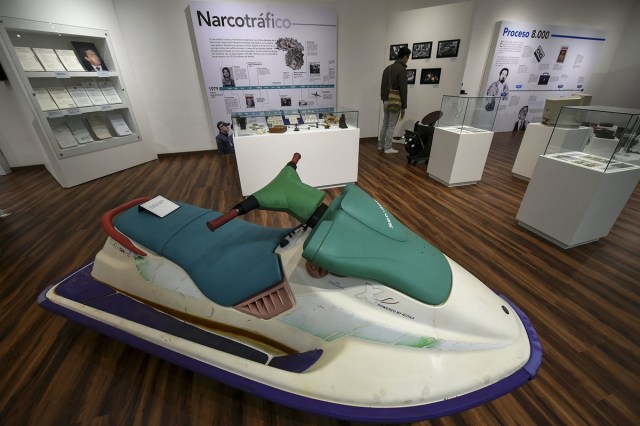
The museum was inaugurated within the framework of the 25th anniversary of the General Prosecutor’s Office and aims to bring to the public to objects seized in judicial processes in the country.
/ AFP PHOTO / Raul Arboleda
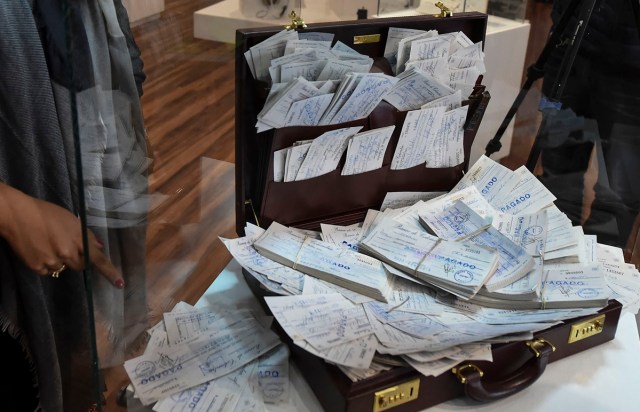
The museum was inaugurated within the framework of the 25th anniversary of the General Prosecutor’s Office and aims to bring to the public to objects seized in judicial processes in the country.
/ AFP PHOTO / Raul Arboleda
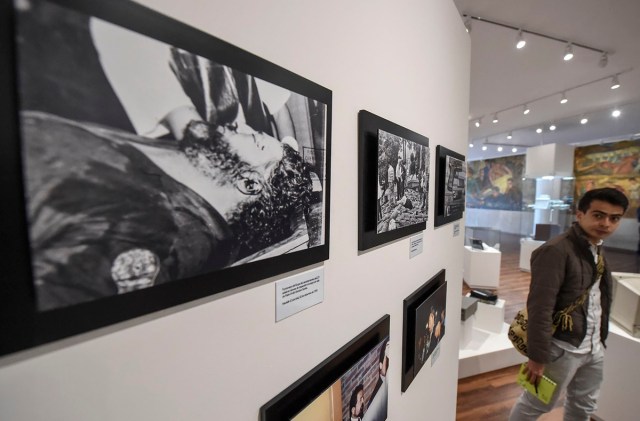
The museum was inaugurated within the framework of the 25th anniversary of the General Prosecutor’s Office and aims to bring to the public to objects seized in judicial processes in the country.
/ AFP PHOTO / Raul Arboleda
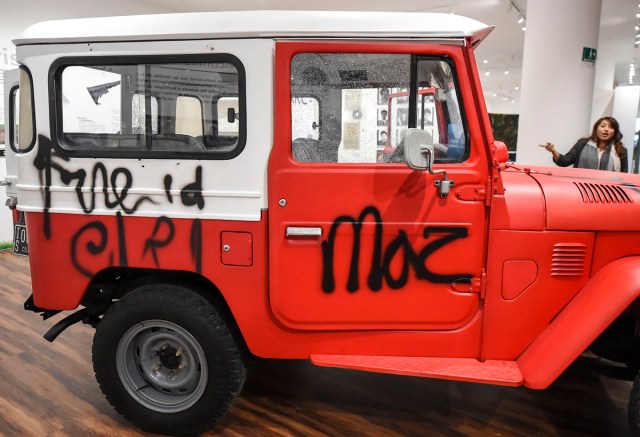
The museum was inaugurated within the framework of the 25th anniversary of the General Prosecutor’s Office and aims to bring to the public to objects seized in judicial processes in the country.
/ AFP PHOTO / Raul Arboleda
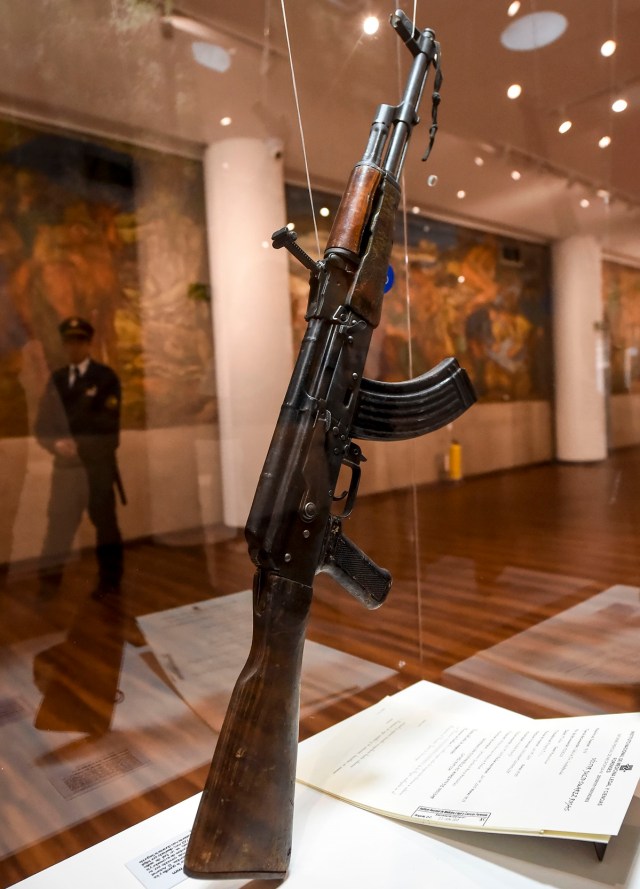
The museum was inaugurated within the framework of the 25th anniversary of the General Prosecutor’s Office and aims to bring to the public to objects seized in judicial processes in the country.
/ AFP PHOTO / Raul Arboleda
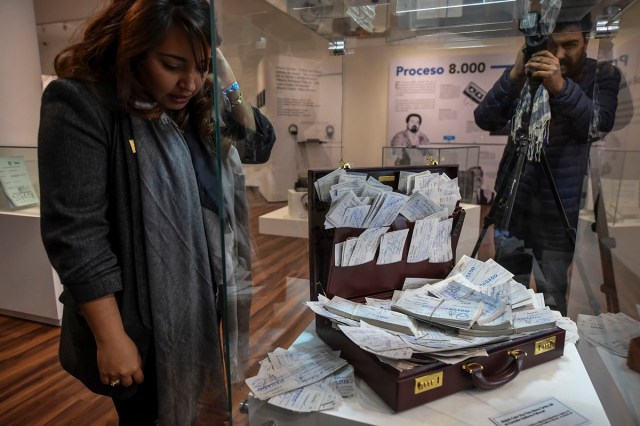
The museum was inaugurated within the framework of the 25th anniversary of the General Prosecutor’s Office and aims to bring to the public to objects seized in judicial processes in the country.
/ AFP PHOTO / Raul Arboleda
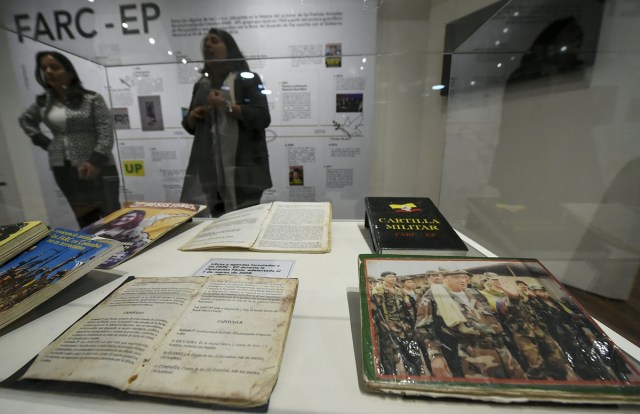
The museum was inaugurated within the framework of the 25th anniversary of the General Prosecutor’s Office and aims to bring to the public to objects seized in judicial processes in the country.
/ AFP PHOTO / Raul Arboleda
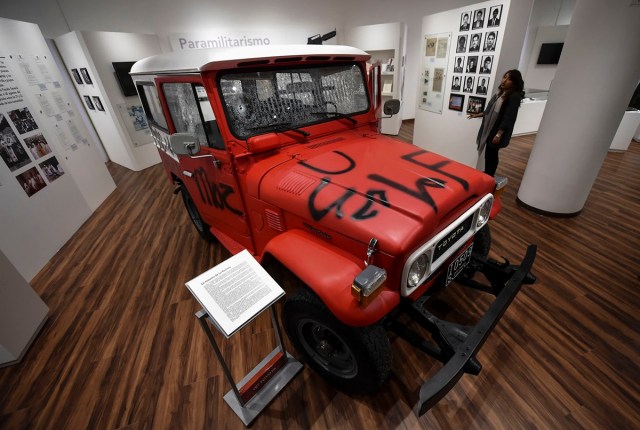
The museum was inaugurated within the framework of the 25th anniversary of the General Prosecutor’s Office and aims to bring to the public to objects seized in judicial processes in the country.
/ AFP PHOTO / Raul Arboleda
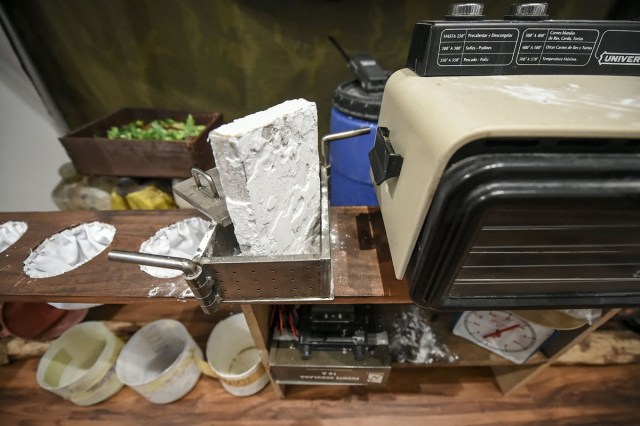
The museum was inaugurated within the framework of the 25th anniversary of the General Prosecutor’s Office and aims to bring to the public to objects seized in judicial processes in the country.
/ AFP PHOTO / Raul Arboleda
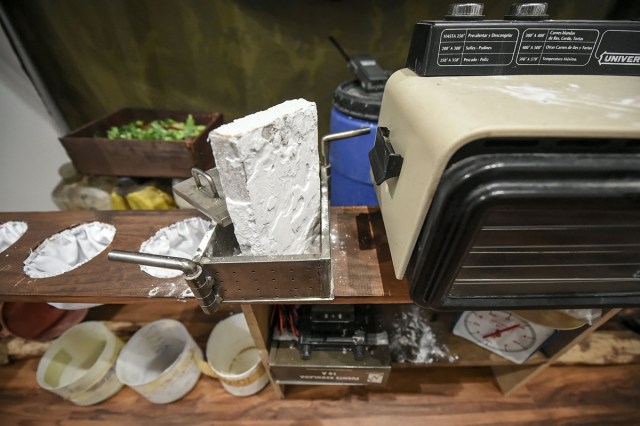
The museum was inaugurated within the framework of the 25th anniversary of the General Prosecutor’s Office and aims to bring to the public to objects seized in judicial processes in the country.
/ AFP PHOTO / Raul Arboleda
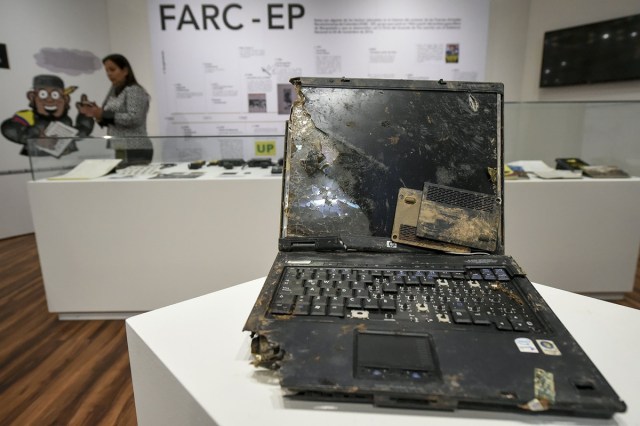
The museum was inaugurated within the framework of the 25th anniversary of the General Prosecutor’s Office and aims to bring to the public to objects seized in judicial processes in the country.
/ AFP PHOTO / Raul Arboleda

